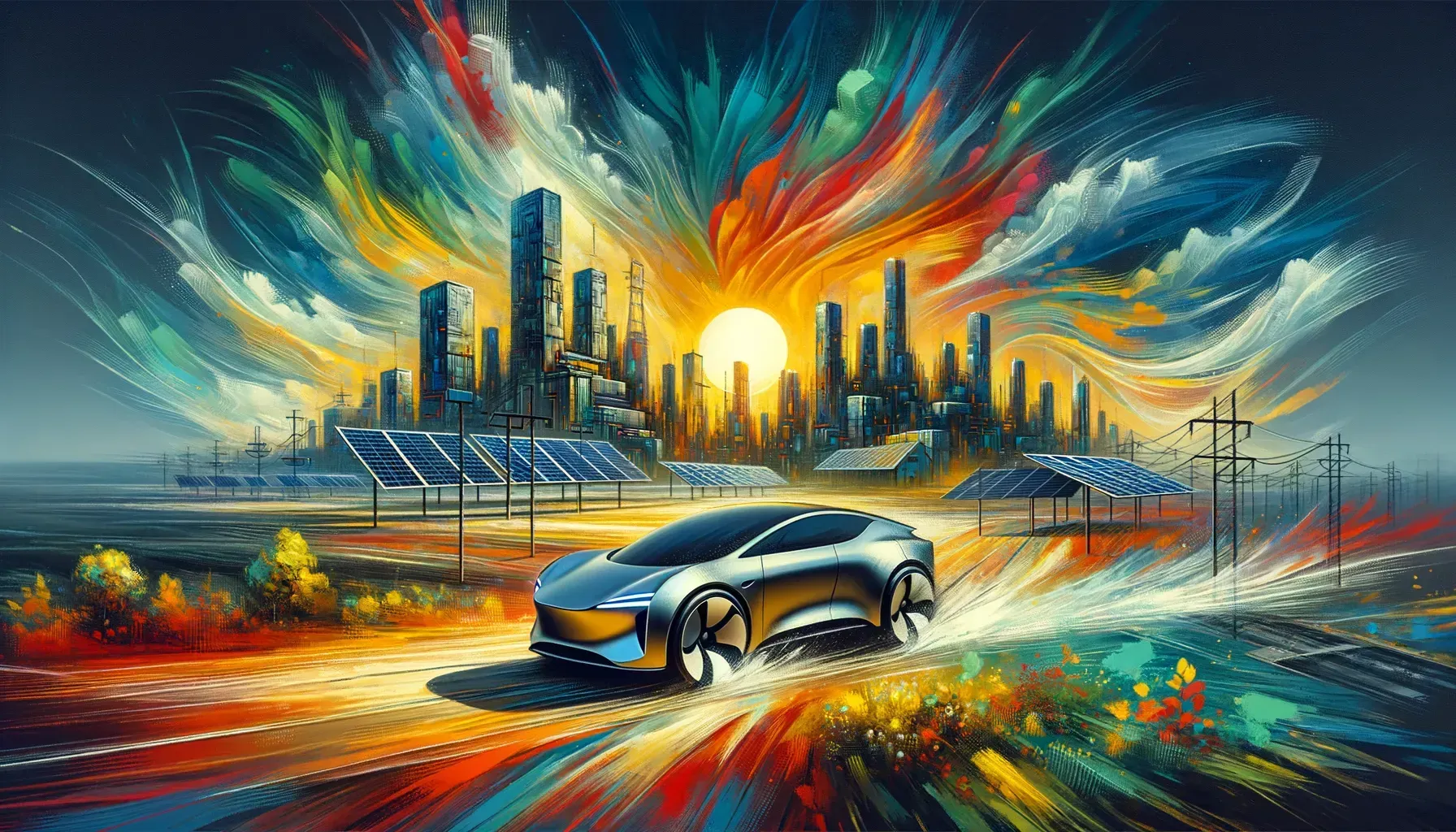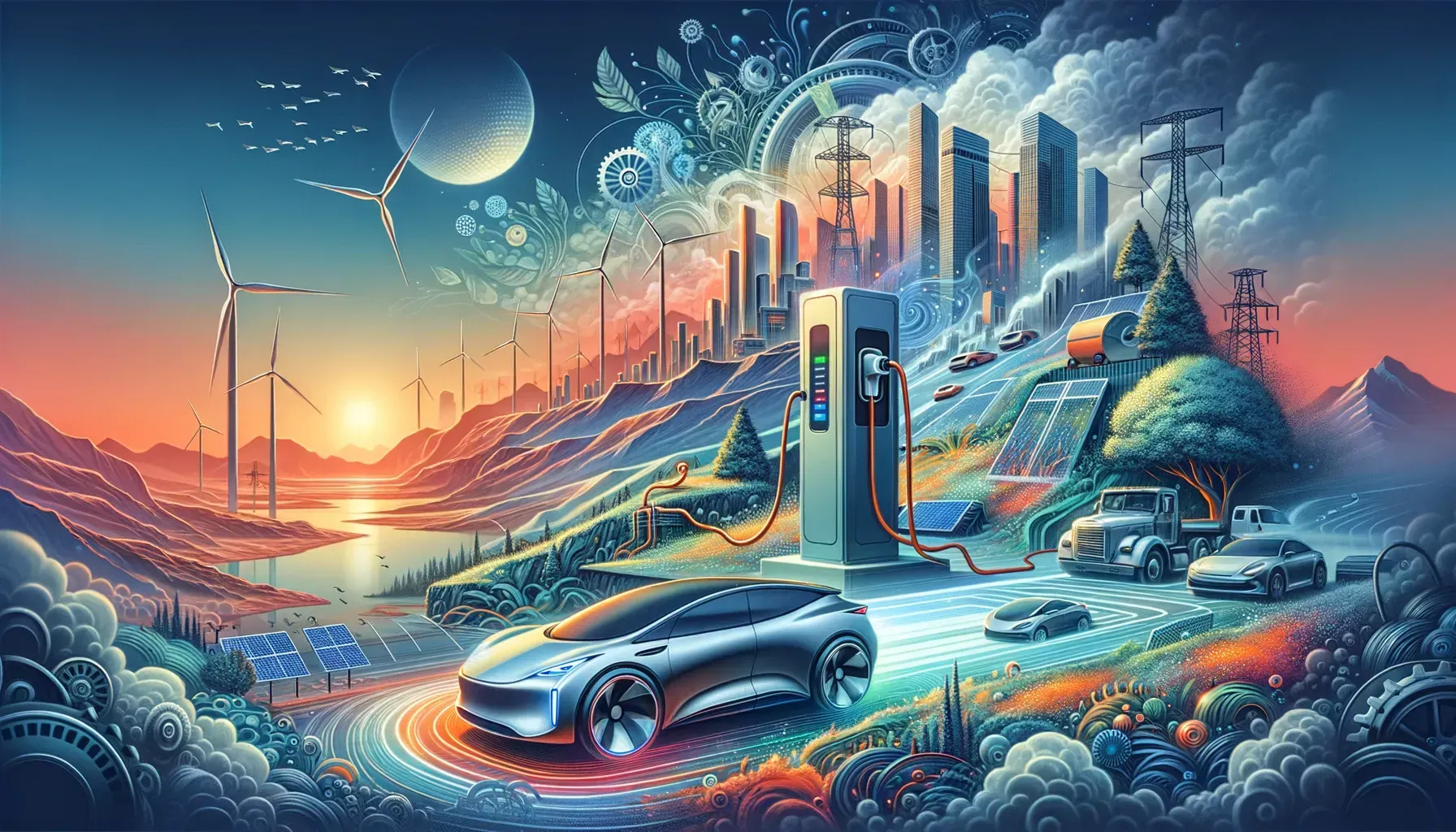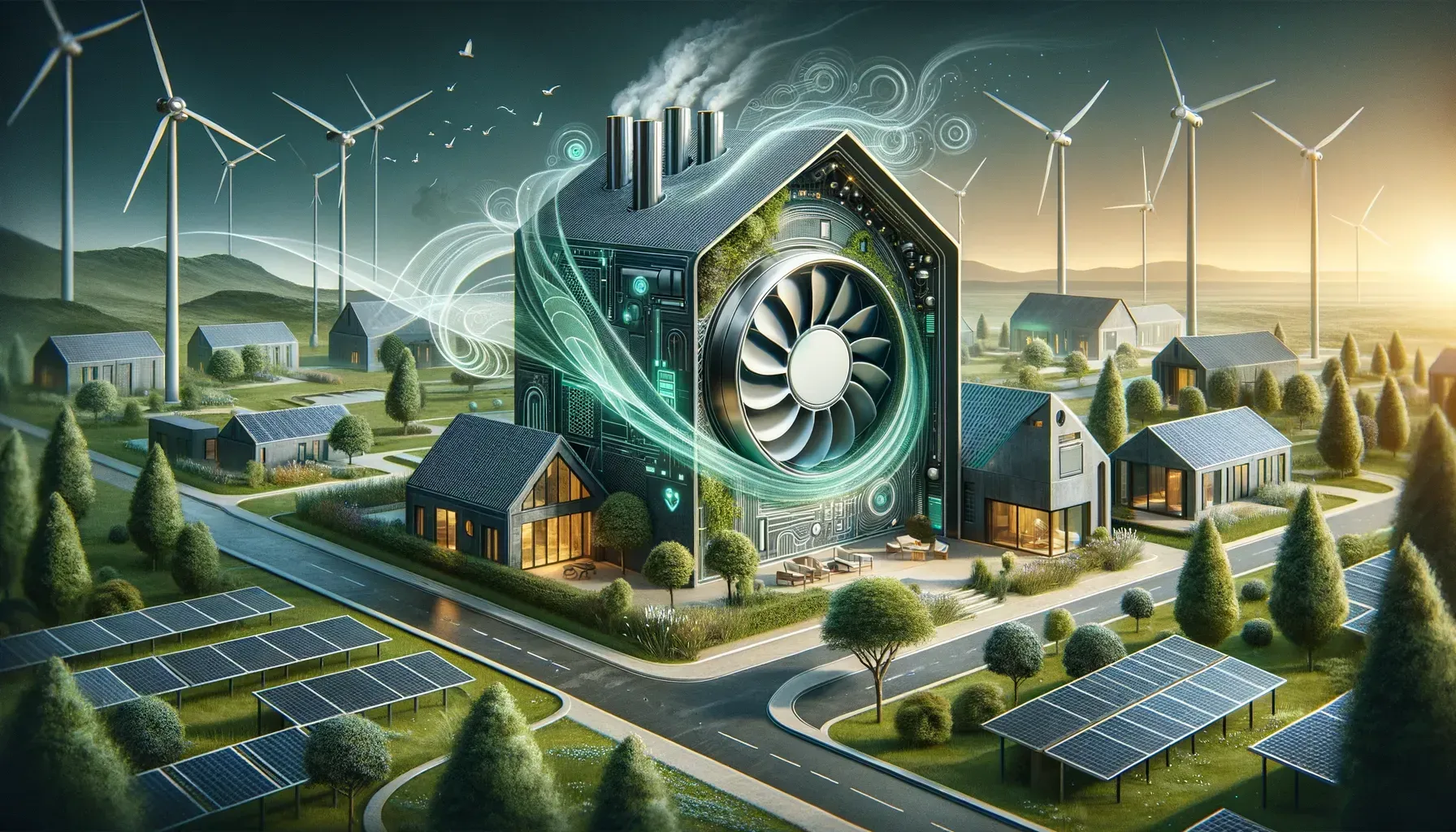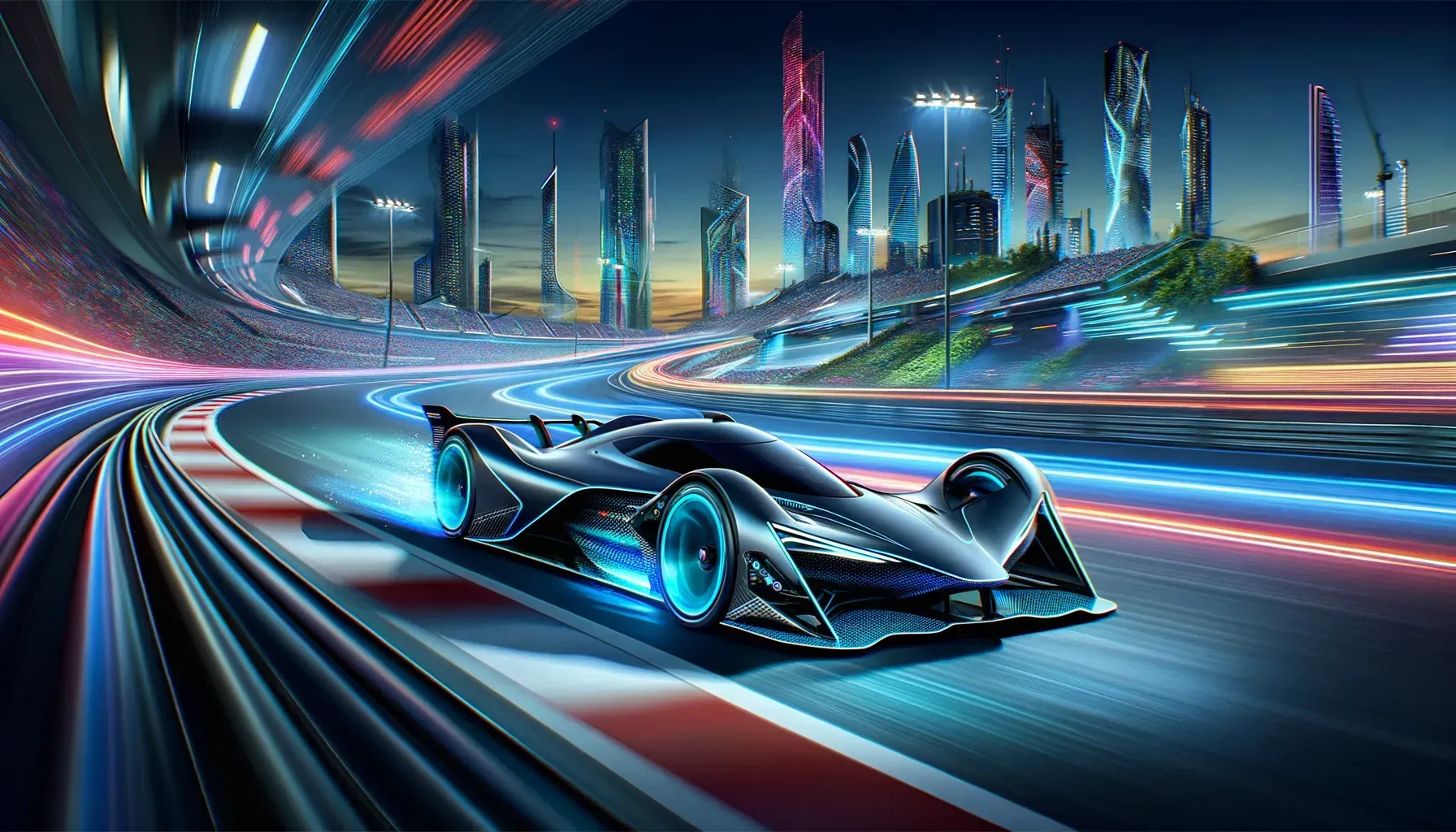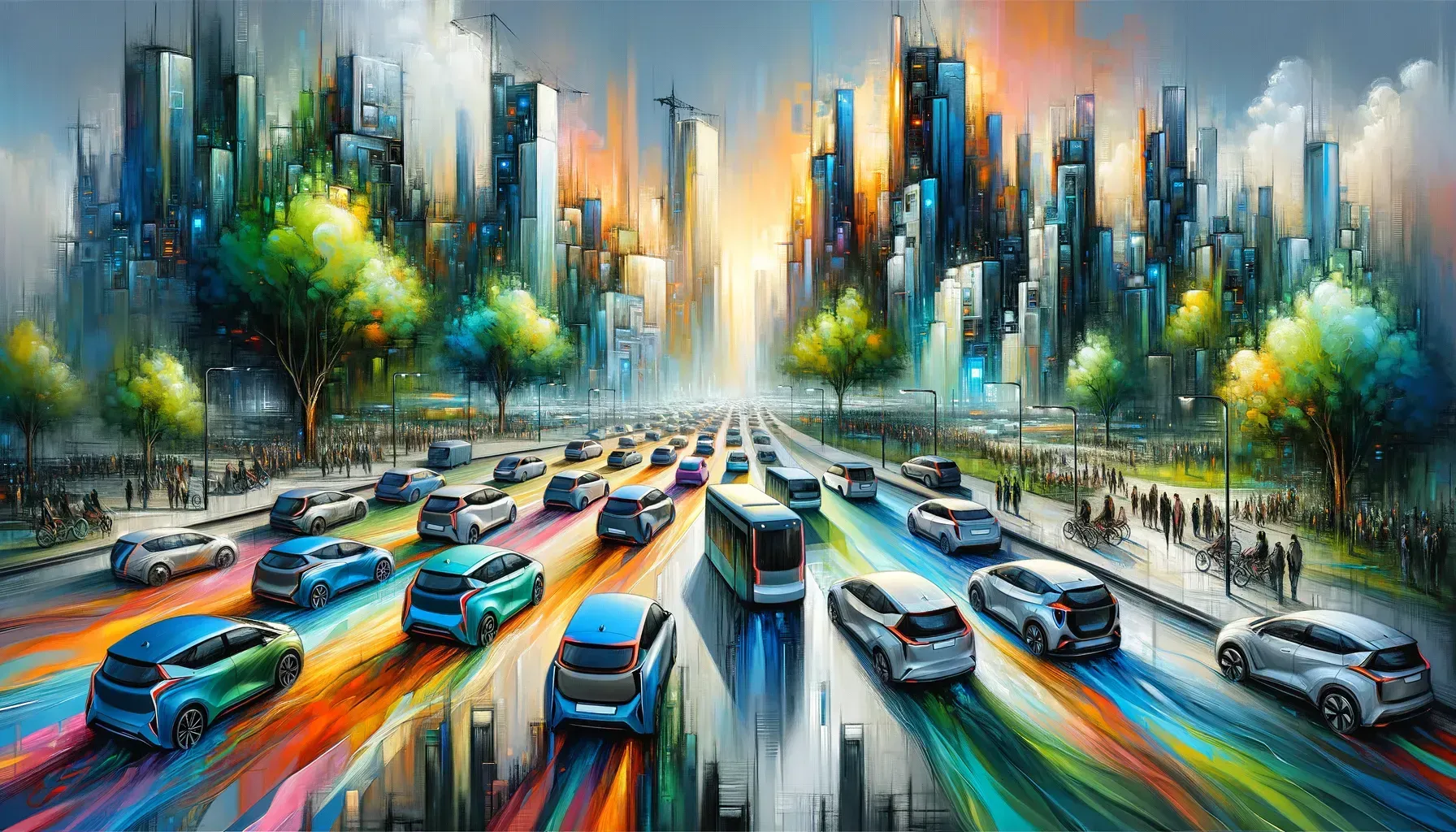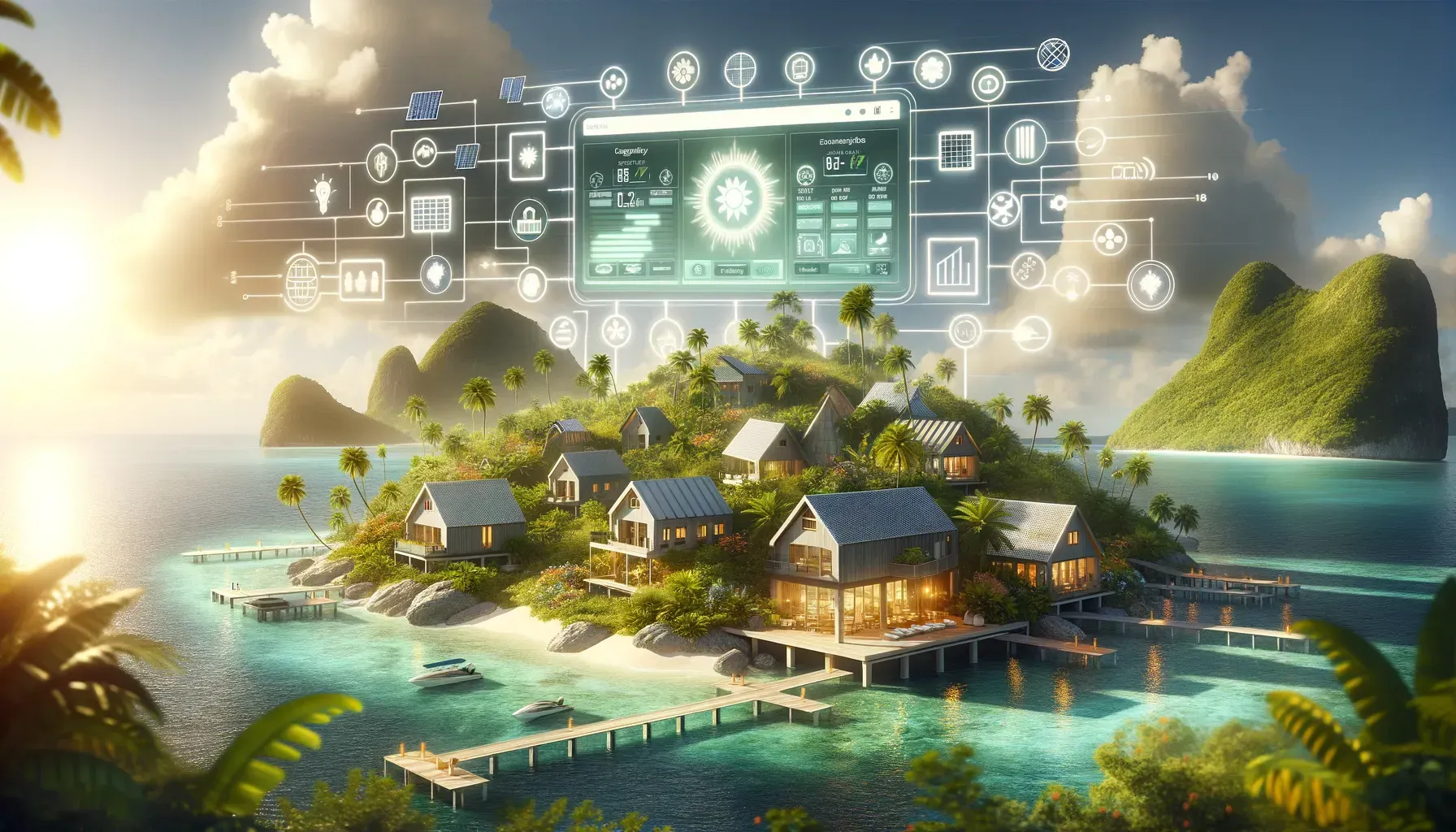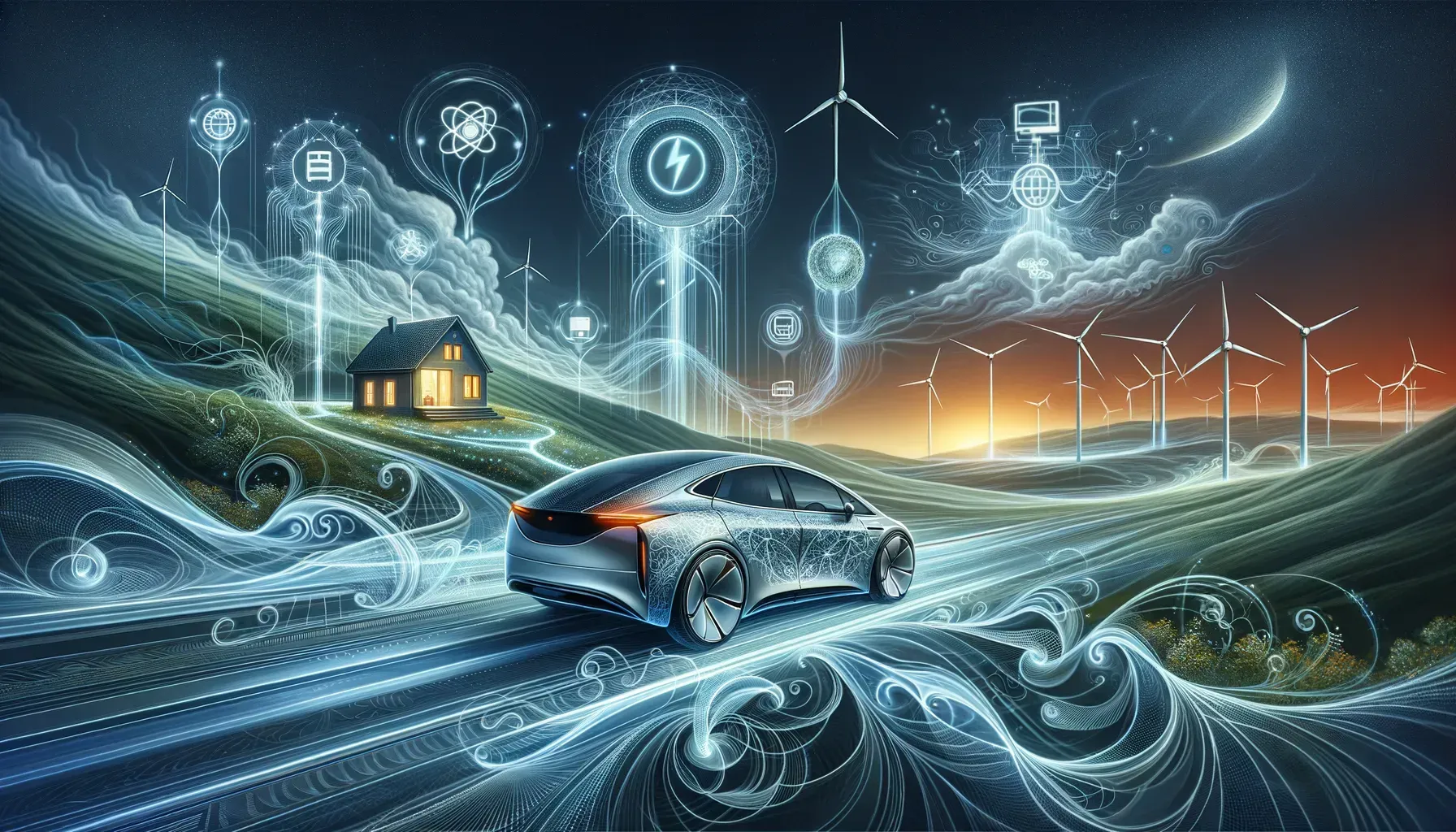Could Your EV Battery Be the Ultimate Home Power Upgrade?
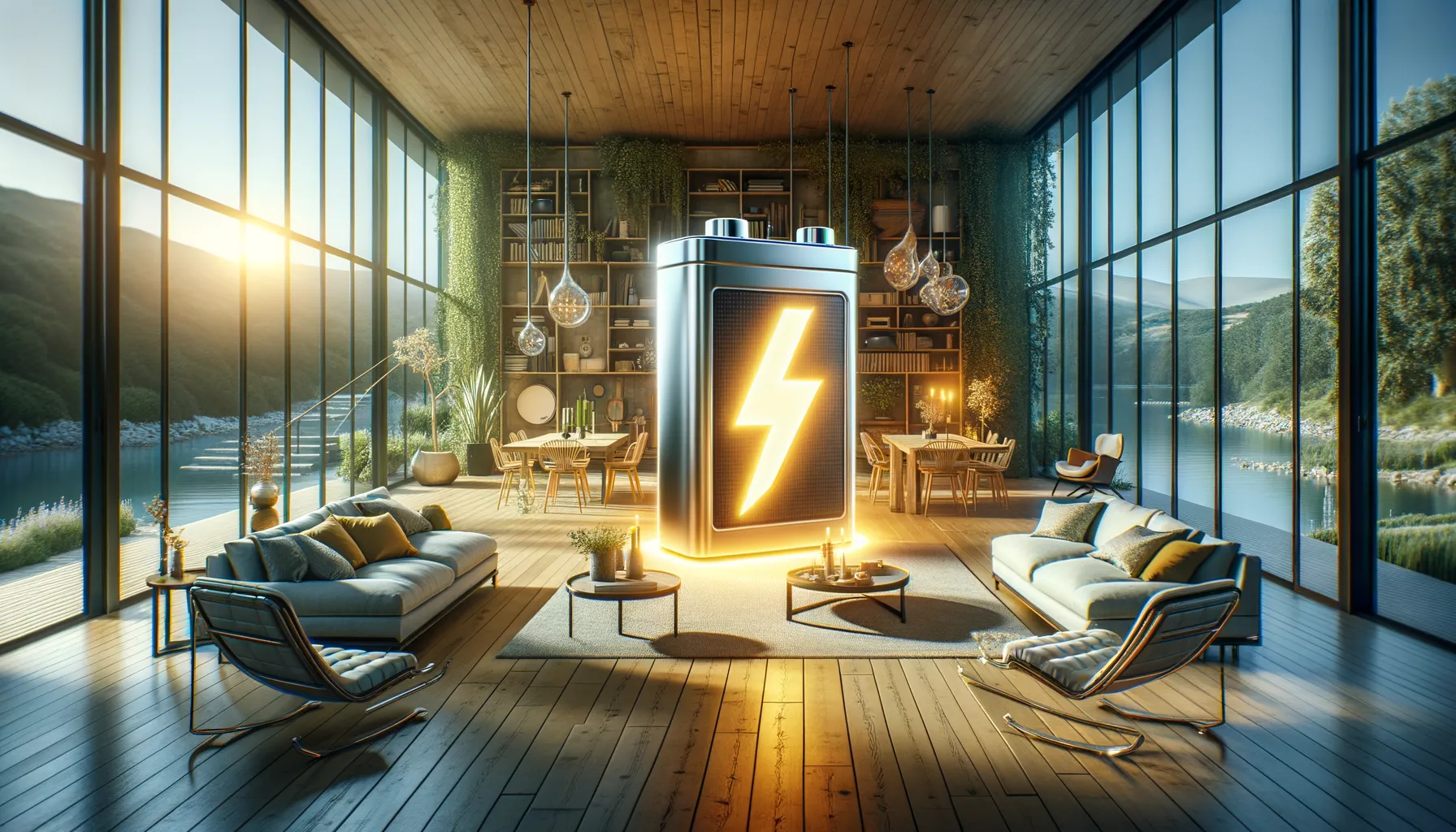
Years ago, a neighbor lost power for two days after a thunderstorm—candles everywhere, fridge contents melting. Fast forward to today, and the idea of powering a home with a car battery sounds like sci-fi. Yet, thanks to bidirectional charging, it's on the horizon. Imagine plugging your EV in at night, then running your lights, coffee maker, and Wi-Fi when the power goes out... all from your car in the garage. Let's explore whether this tech is too good to be true, what’s holding it back, and why it could change the way we think about both driving and powering our homes.
How Does Bidirectional Charging Work? (Without the Gobbledygook)
Bidirectional EV charging explained in simple terms: it’s a two-way street for electricity. Instead of just charging your electric vehicle (EV), bidirectional charging lets your car battery both take in power and send it back out—either to your home, the grid, or even directly to appliances. This is a big leap from traditional one-way charging, and it’s opening up new ways to use the energy stored in your EV.
What Is Bidirectional Charging?
Bidirectional charging means your EV battery can both receive and deliver electricity. Imagine your car as a giant portable battery. When plugged into a compatible charger, power can flow into the battery (as usual), or the charger can reverse the flow, sending power out from the battery to where it’s needed. This is the foundation for Vehicle-to-Grid (V2G), Vehicle-to-Home (V2H), and Vehicle-to-Load (V2L) applications.
How Does EV Bidirectional Charging Work?
- Vehicle-to-Grid (V2G): Your EV can send excess power back to the electricity grid, helping balance supply and demand. This can be especially useful during peak hours or power shortages.
- Vehicle-to-Home (V2H): Your EV supplies power to your home, acting as a backup during outages or to offset high electricity costs. In places with lots of solar, like Australia and New Zealand, this can help store and use renewable energy more efficiently.
- Vehicle-to-Load (V2L): Your EV powers specific appliances or devices directly—think camping trips or emergency situations where you need electricity on the go.
The Role of the Bidirectional Charger
The “magic” of bidirectional charging lives in the bidirectional charger . Unlike standard home chargers, these advanced EV chargers can flip the direction of energy flow. They use power conversion electronics to switch between charging your car and drawing power from it. This process is managed by the car’s Battery Management System (BMS) , which ensures energy flows safely and efficiently in both directions.
Advanced Battery Management Systems (BMS)
The BMS is the brain behind the operation. It monitors battery health, controls charging and discharging rates, and communicates with the charger and your home or grid. Without a sophisticated BMS, bidirectional charging simply isn’t possible.
Which Cars and Chargers Support Bidirectional Charging?
Not every EV is up for the task. Currently, only select models—like the Nissan Leaf , Ford F-150 Lightning , and Hyundai Ioniq 5/6 —support bidirectional charging. Even then, you’ll need a compatible bidirectional charger. For example, Ford’s Charge Station Pro requires a dedicated 100-amp circuit to handle the power flow.
Why Isn’t Bidirectional Charging Everywhere Yet?
Most EVs on the market don’t support two-way charging. Automakers face higher costs to add this tech, and the infrastructure—like advanced chargers and updated home wiring—just isn’t widespread. Local regulations and utility policies also need to catch up. But as more people see the benefits, and as technology advances, expect to see bidirectional charging become more common.
'Bidirectional charging technology could revolutionize energy resilience at home.' – Daisy Edwards
In summary, bidirectional charging lets electric vehicles both draw power from and supply power back to the grid or home, supporting V2G, V2H, and V2L. It all relies on advanced chargers, smart battery management, and compatible vehicles—still a rarity on today’s roads, but quickly gaining ground.
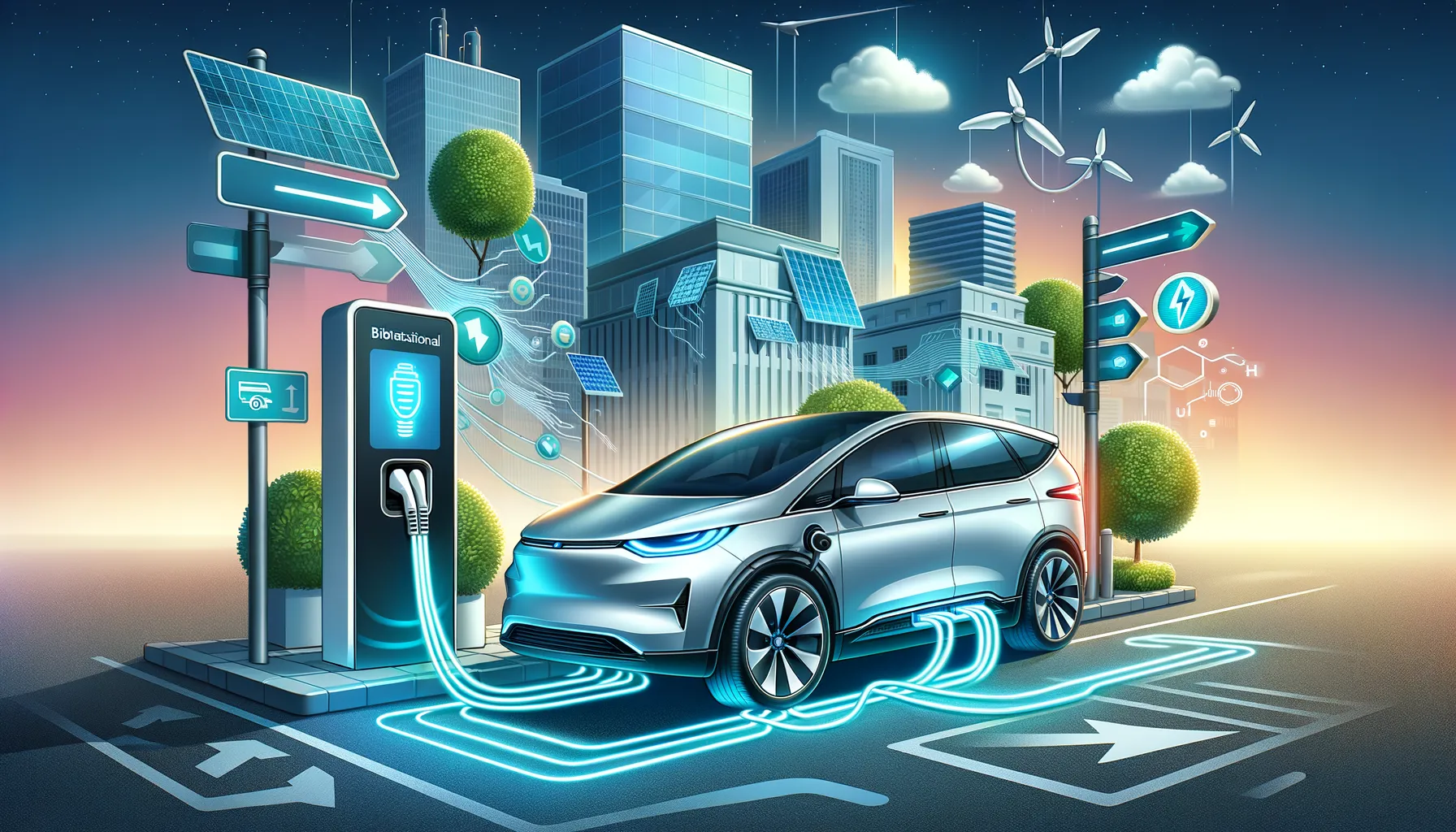
From Solar Surplus to Blackout Lifesaver: Real-World Uses (and Why Australia Is Ahead)
As the world looks for smarter ways to use renewable energy, EV batteries powering homes are moving from futuristic concept to practical reality—especially in places like Australia and New Zealand. These regions are leading the way in integrating Vehicle-to-Home (V2H) technology, thanks to widespread home solar adoption and a climate that encourages energy innovation.
Banking the Sun: Solar Power and EV Charging
In Australia, long sunny days mean household solar systems often generate more electricity than a home can use, especially in summer. Traditionally, this surplus would be sent back to the grid, sometimes at a low return. But with bidirectional EV charging , homeowners can store excess solar power directly in their EV batteries. This transforms the family car into a mobile energy bank, ready to power the home when the sun goes down or during peak demand.
- Household solar systems can overproduce in summer , making EVs an ideal storage solution.
- Storing solar energy in EVs helps reduce reliance on the grid and maximizes the value of renewable generation.
Blackout Lifesaver: Home Backup Power with V2H
One of the most compelling benefits of bidirectional EV charging is its ability to provide emergency backup power. When the grid goes down, a bidirectionally equipped EV can keep essential appliances running—think refrigerators, lights, and even Wi-Fi. As one hypothetical customer put it:
"Our Hyundai saved the day when the grid went down—we brewed our morning coffee with car power!"
In practical terms, this means your EV becomes an on-wheels generator, offering peace of mind during storms, bushfires, or unexpected outages. With battery capacities far exceeding most stationary home storage systems, a single EV can keep a typical household running for hours—or even days—depending on usage.
Smart Energy Management and Savings
Beyond backup power, renewable energy storage solutions like V2H can help families save on utility bills. By charging an EV with cheap or free solar during the day and discharging it to power the home during expensive evening hours, households can avoid peak rates. In places where running air conditioning and charging EVs can spike energy costs, smart management is essential.
- Time-of-use tariffs can be optimized with V2H, reducing electricity bills.
- Energy flexibility supports both the home and the wider grid, especially during high demand.
Why Australia and New Zealand Are Ahead
Australia and New Zealand stand out for their rapid adoption of home solar and willingness to embrace new tech. Their energy markets encourage innovation, and the abundance of sunlight makes solar+EV integration especially attractive. However, successful implementation often requires home electrical system upgrades . For example, Ford’s Charge Station Pro recommends a 100-amp circuit to safely manage the power flow between car and home.
While not every EV or home is ready for V2H yet, these real-world uses show how EV batteries powering homes can boost resilience, cut costs, and make the most of renewable energy—especially in regions leading the charge like Australia.
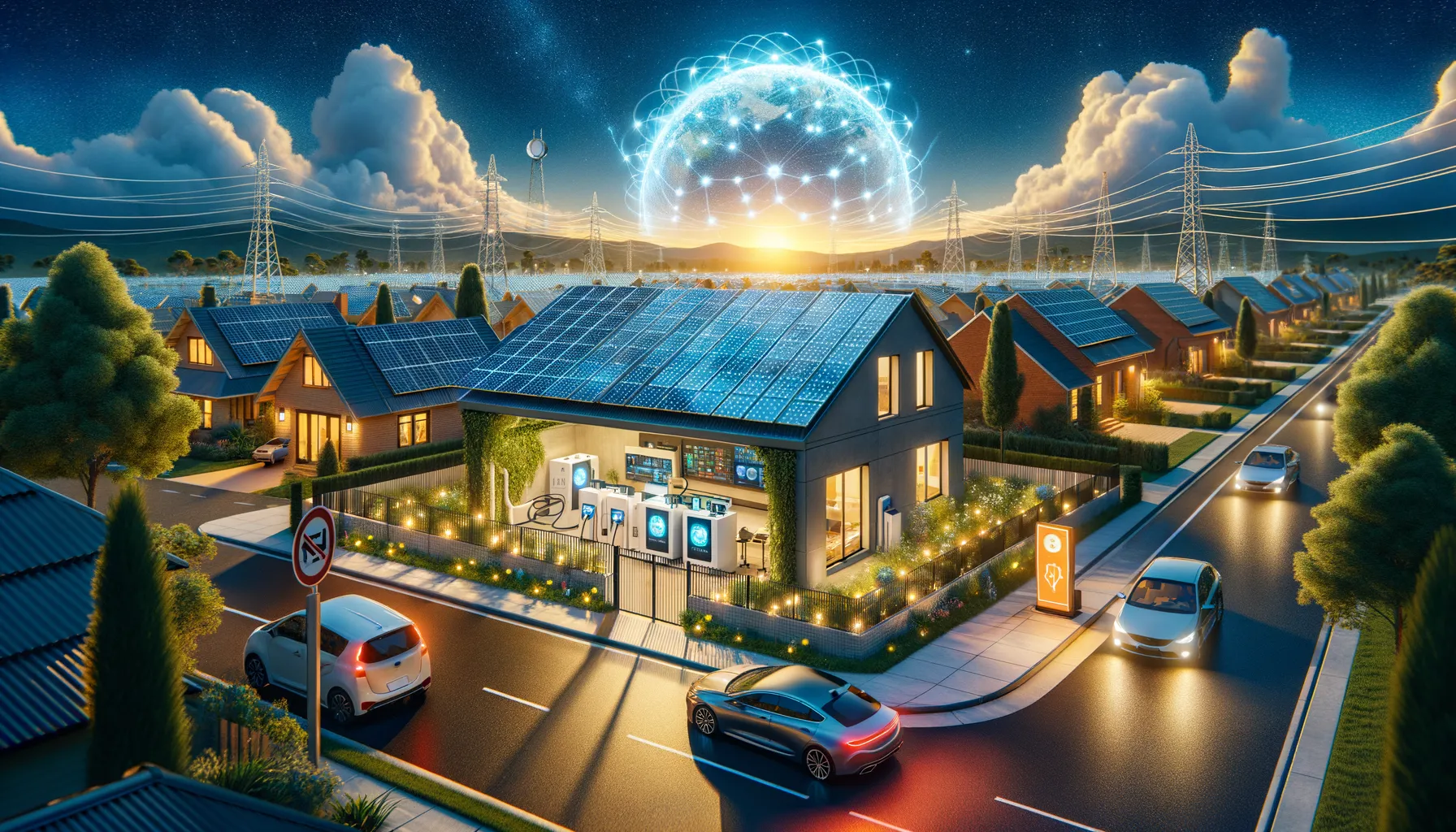
The Big Bottleneck: Why Aren’t Automakers Racing Ahead?
Electric vehicle (EV) batteries have the potential to revolutionize home power, but the road to widespread adoption of bidirectional charging is full of speed bumps. Despite the promise of using your EV as a backup generator or even feeding energy back to the grid, automakers are moving cautiously—and for good reason. The challenges of bidirectional charging adoption are complex, involving cost, technology, infrastructure, and policy.
Extra Hardware Means Extra Costs
One of the biggest hurdles is the need for specialized hardware. Bidirectional charging requires robust chargers, advanced inverters, and sometimes even rewiring at home. These upgrades drive up costs for both automakers and consumers. For manufacturers, integrating bidirectional capability into vehicles and chargers means higher production expenses and more complicated support. For buyers, the price tag for a compatible charger and installation can be significant, especially when compared to standard EV charging setups. This directly impacts EV battery pricing and the overall affordability of the technology.
Infrastructure for EV Home Power: Not Quite Ready
Most current electrical grids and home systems are designed for one-way power flow. Allowing electricity to move both in and out of homes and vehicles requires major upgrades to local infrastructure. Grid operators and local governments must update regulations to ensure safety and reliability. In many regions, these changes are still in the planning stages, and utilities are only beginning to explore how to manage two-way energy flows at scale. Without a supportive infrastructure for EV home power , even the most advanced vehicles can’t deliver on the promise of powering homes or supporting the grid.
Regulatory Hurdles and Policy Gaps
Regulations around energy storage, grid interaction, and home power systems vary widely by location. In places like Australia and New Zealand, where excess solar power is common, there’s more incentive to make bidirectional charging work. But in many markets, outdated rules make it difficult for homeowners to send energy back to the grid or use their EVs as backup power. Until policymakers update these frameworks, automakers have little reason to invest heavily in bidirectional technology.
Consumer Incentives for EV Technology: Still Lacking
For most consumers, the benefits of bidirectional charging aren’t obvious or immediate. The upfront costs, technical complexity, and lack of clear incentives make adoption a tough sell. Education is also a barrier—many drivers simply don’t know that their EV could one day power their home. Without government rebates, utility programs, or clear financial rewards, few are willing to make the leap. As Daisy Edwards notes,
'Until automakers truly embrace bidirectional setups, this tech will stay on the fringe.' – Daisy Edwards
Emerging Solutions and Market Shifts
Some companies are starting to bridge the gap. Products like Wallbox Quasar and Enphase bidirectional chargers are entering the market, offering early adopters a taste of what’s possible. However, these solutions remain niche until automakers, regulators, and utility providers align on standards and incentives. Only with coordinated policy changes and market support will the challenges of bidirectional charging adoption begin to fade, making the ultimate home power upgrade a reality for more households.
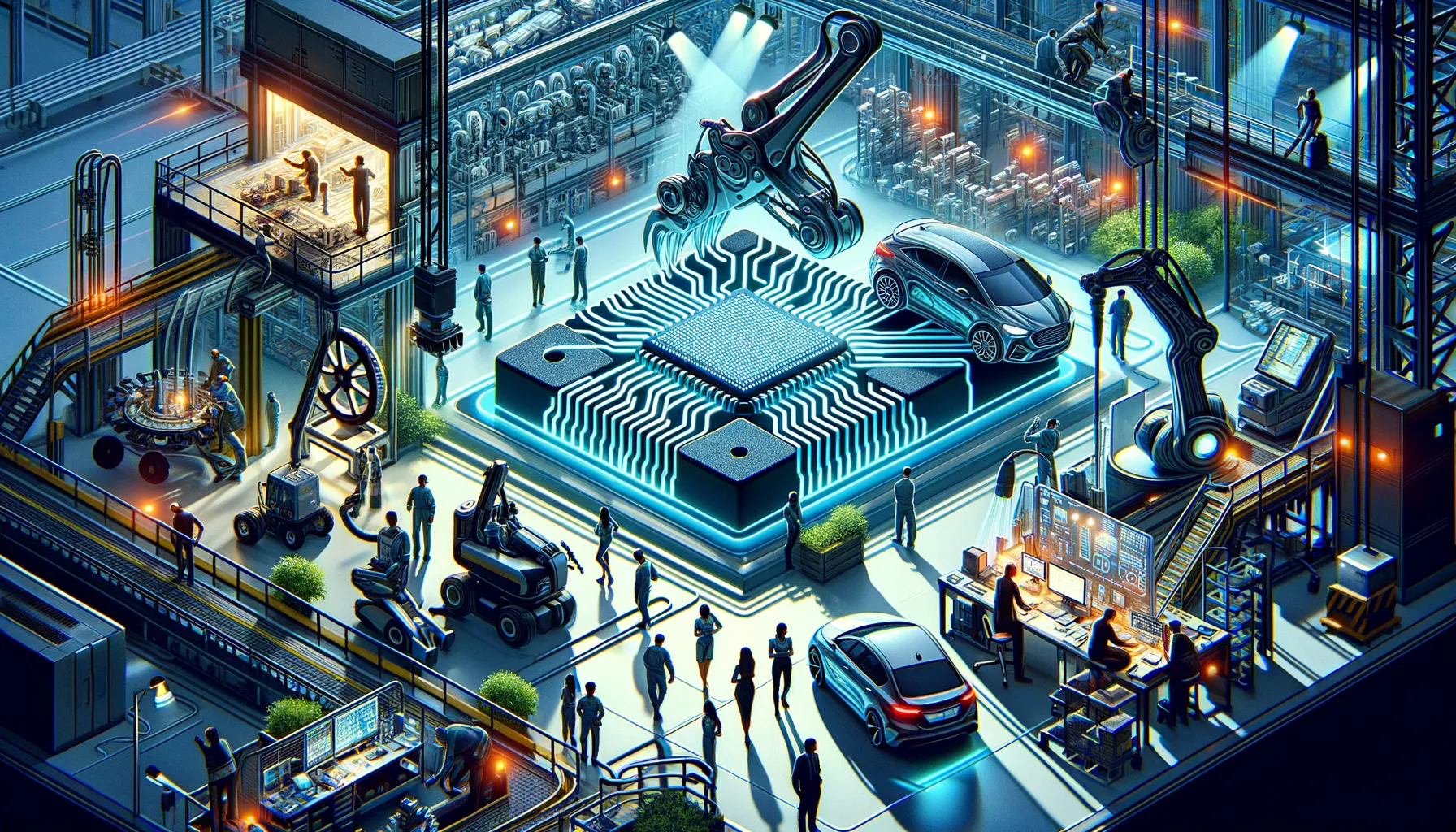
Wild Card: The Day Your Neighborhood Goes Off-Grid (A Thought Experiment)
Picture this: a powerful summer storm sweeps through your town, knocking out the main power grid. The streetlights go dark, but your neighborhood isn’t plunged into chaos. Instead, every home on your block hums quietly with energy, thanks to the two-way charging capability of each resident’s electric vehicle. This isn’t science fiction—it’s the potential future of electric vehicle grid integration through bidirectional charging technology.
In this scenario, every driveway hosts an EV with bidirectional charging, turning vehicles into mobile energy reservoirs. As the grid falters, homes seamlessly switch to backup power drawn from their EV batteries. But the real transformation happens when neighbors start talking. Someone’s fridge is running low, another’s medical equipment needs a steady supply, and yet another household has more stored energy than they need. Suddenly, the idea of local energy trading becomes not just possible, but practical. With the right software and infrastructure, you could sell your leftover car power to a neighbor running low, or even contribute to a shared microgrid that keeps the entire street powered through the outage.
This isn’t just about individual home backup power. The promise of bidirectional charging technology extends to the entire community. As Daisy Edwards notes,
“The true promise of bidirectional charging may lie in reshaping community resilience and local energy sharing.”If adopted at scale, this technology could enable neighborhoods to act as self-sustaining microgrids, pooling and distributing energy where it’s needed most. During emergencies, this collective approach could mean the difference between days in the dark and a community that keeps the lights on, the food cold, and essential devices running.
Beyond emergencies, large-scale adoption of electric vehicle grid integration could foster new models of energy independence. Imagine a future where local energy trading is as common as sharing a cup of sugar. Homeowners could buy and sell electricity within their block, optimizing usage and costs, and even supporting the wider grid during peak demand. This kind of decentralized energy system would not only make neighborhoods more resilient but could also accelerate the shift toward renewable energy, as excess solar or wind power is stored in EV batteries and shared locally.
Of course, this vision depends on more than just technology. Automakers must embrace bidirectional charging, infrastructure must be upgraded, and policies need to support local energy sharing. Consumers will need incentives and education to fully realize the benefits. But the potential is clear: bidirectional charging technology could transform not just how we power our homes, but how we think about energy as a community resource.
As the world moves toward electrification, the humble EV battery could become the ultimate home power upgrade—not just for individuals, but for entire neighborhoods. The day your neighborhood goes off-grid might not be a crisis, but the start of a new era in community-powered resilience.
TL;DR: EV batteries could become the secret ingredient for powering homes and backing up the grid—if more automakers, governments, and consumers get on board with bidirectional charging technology.
